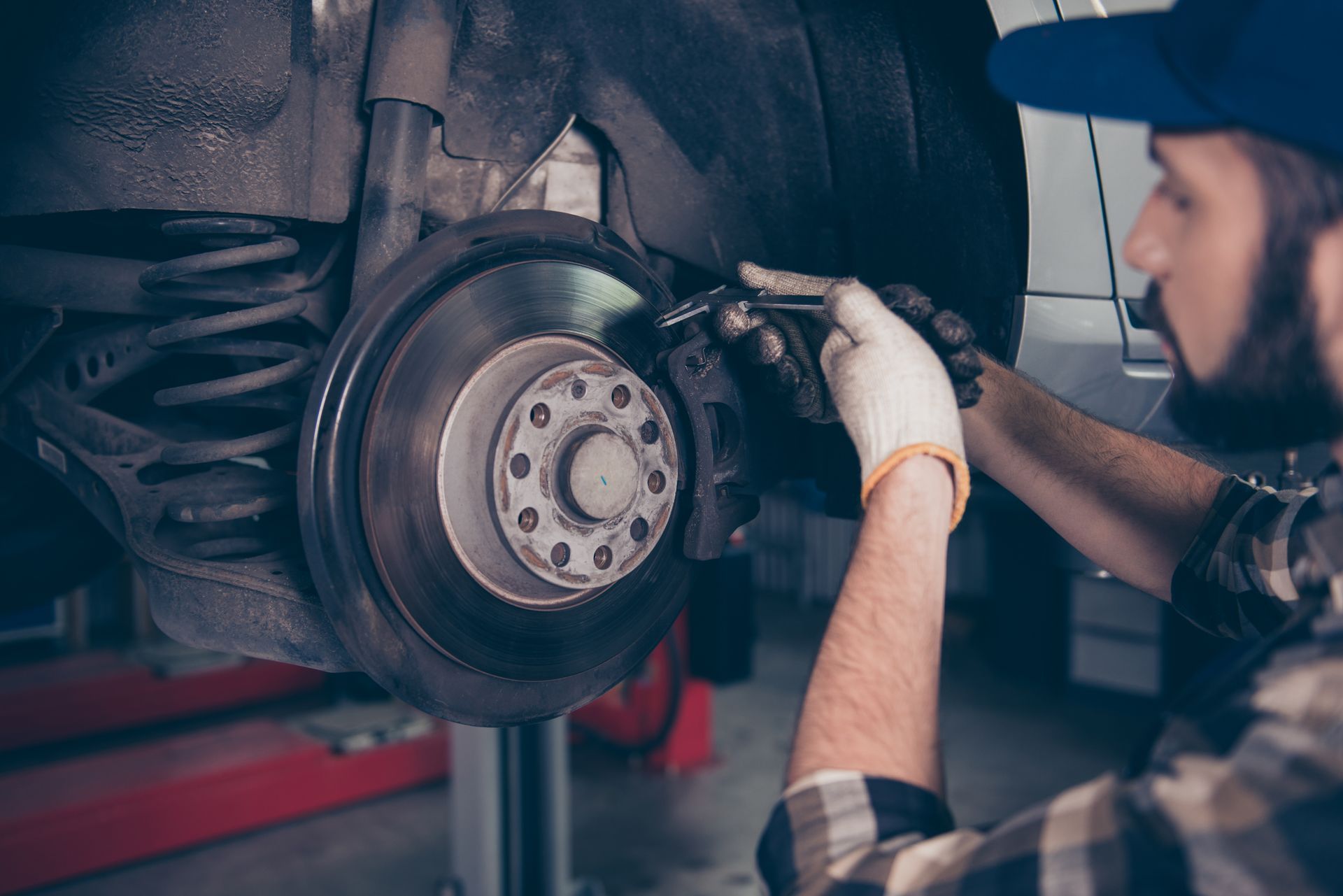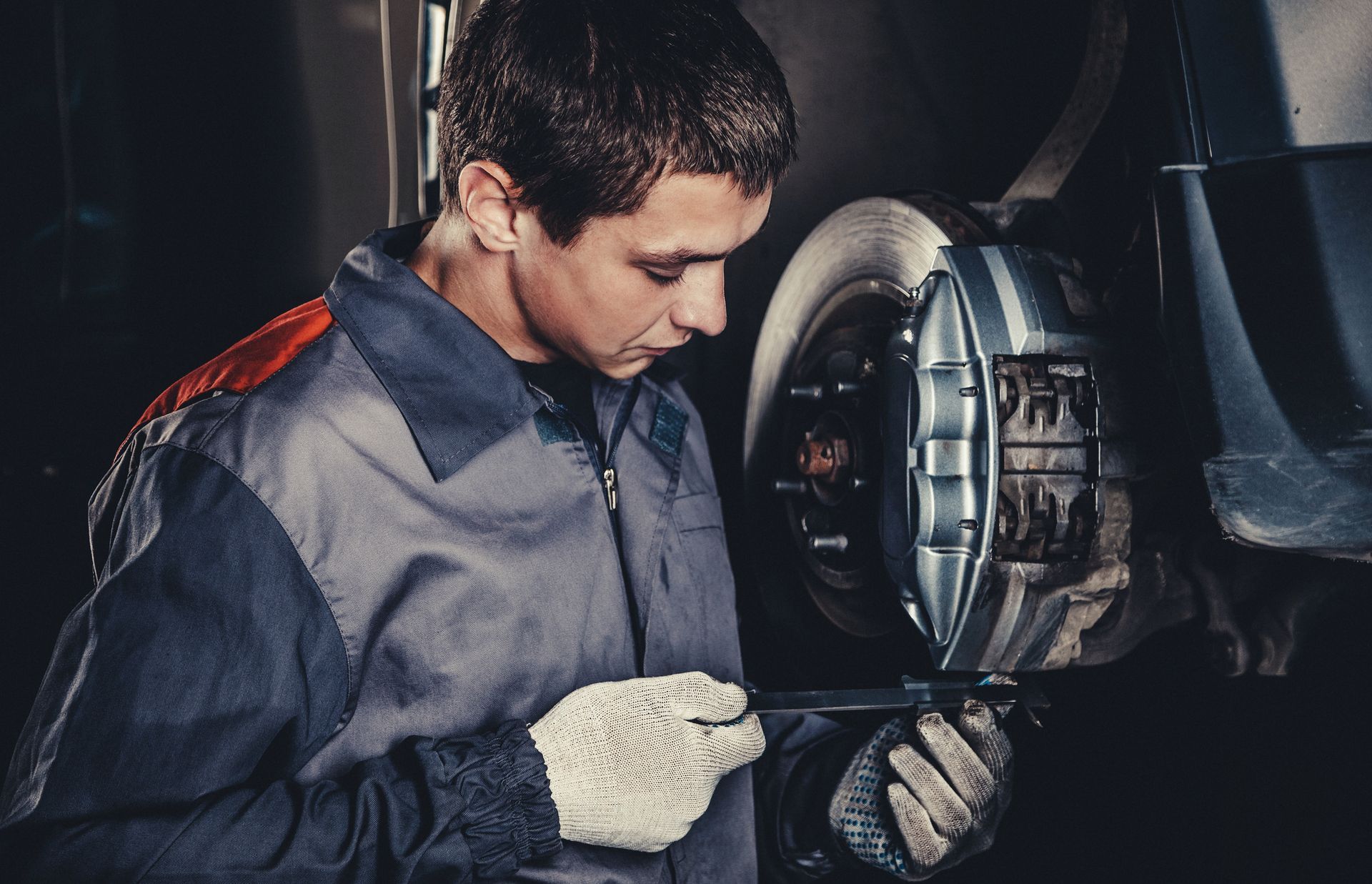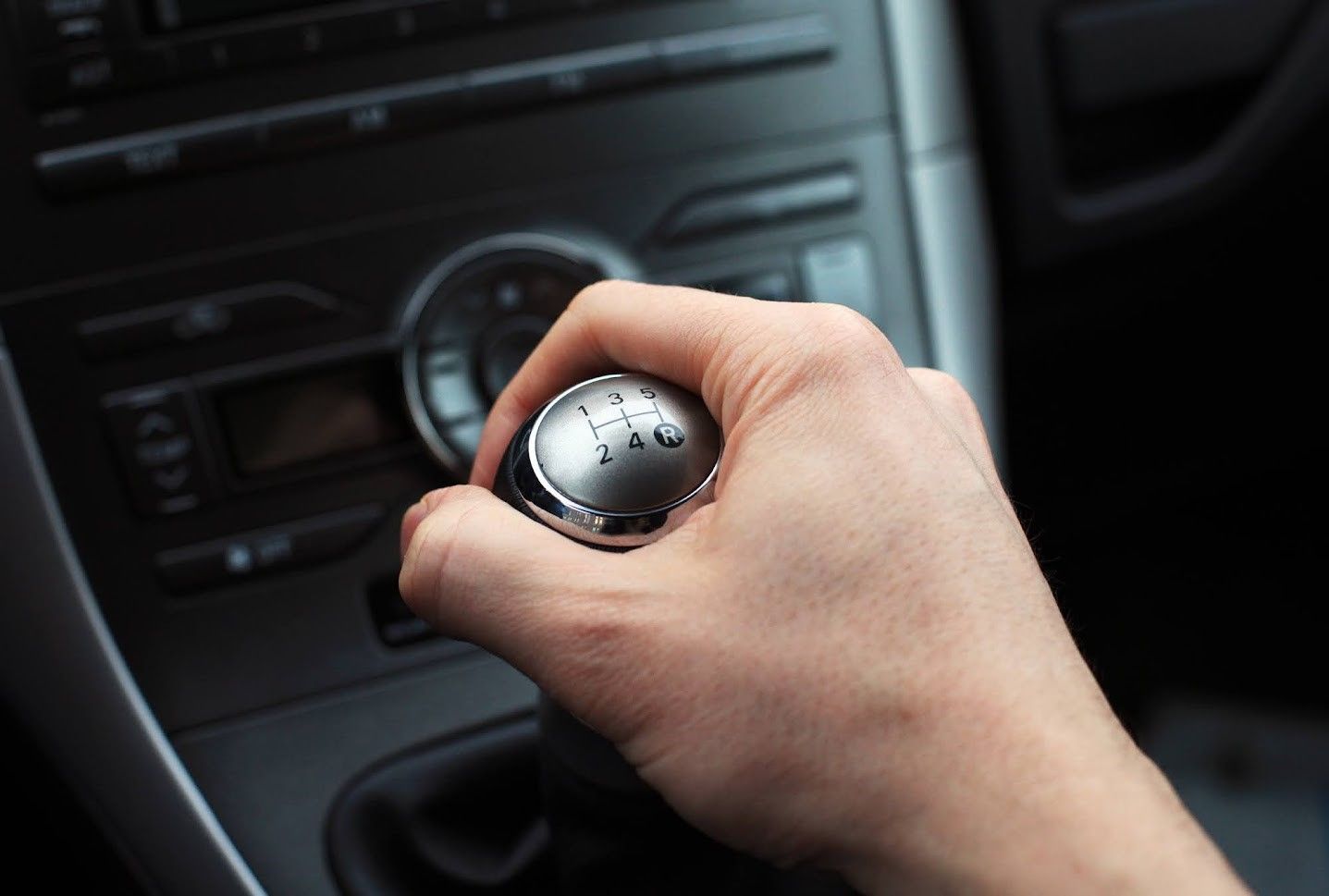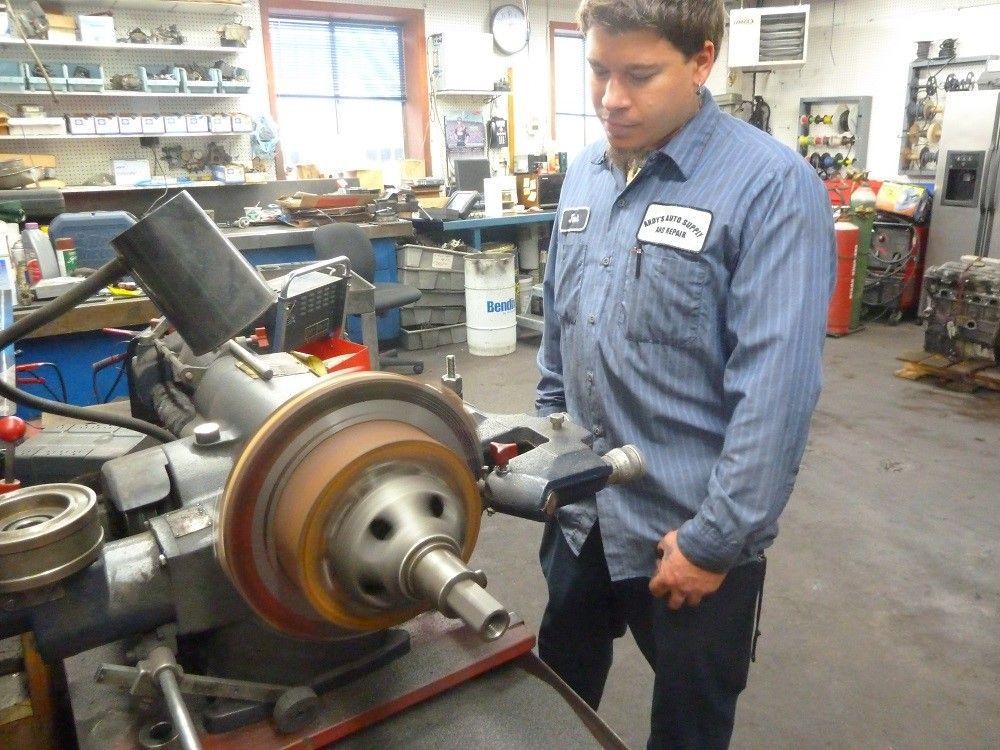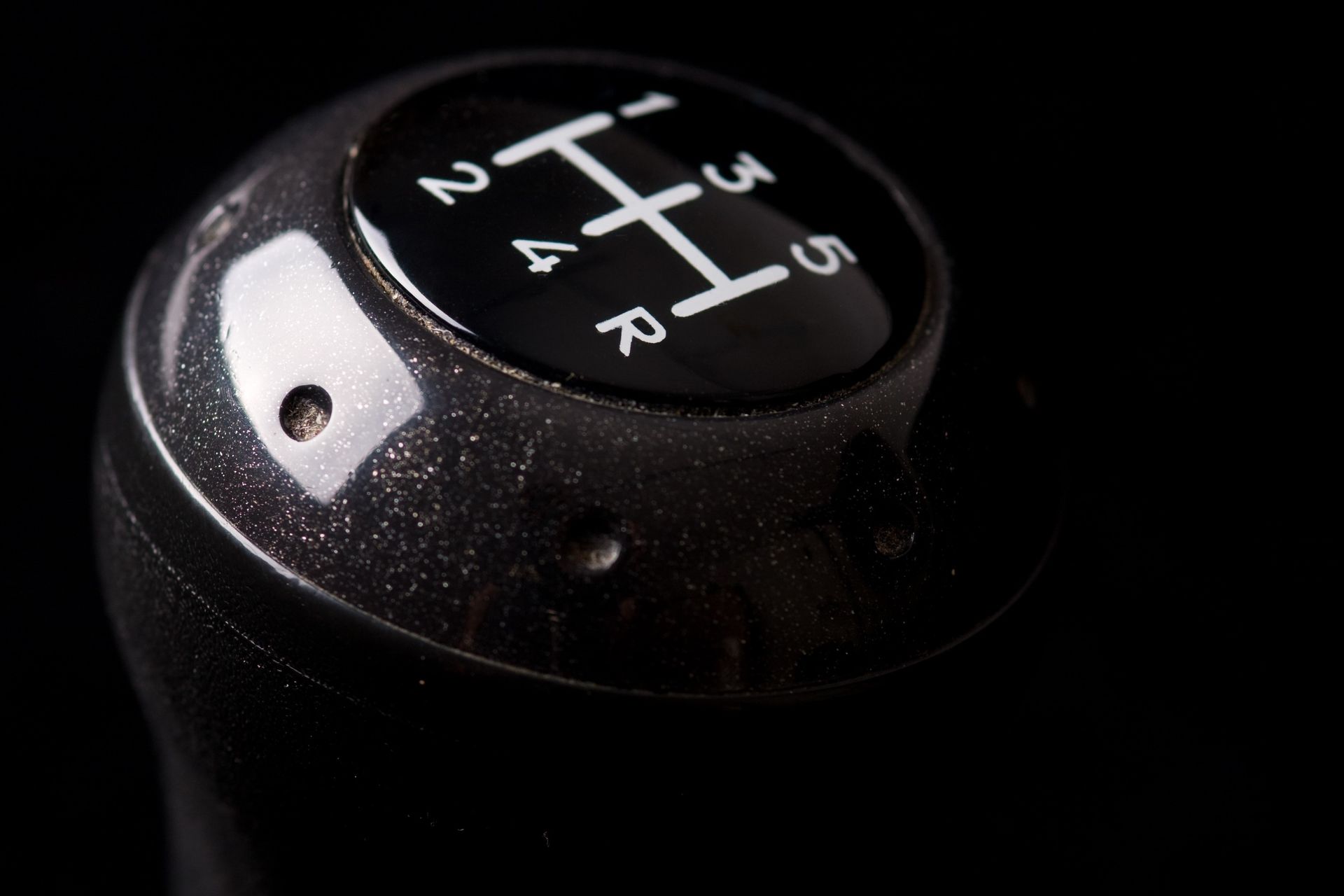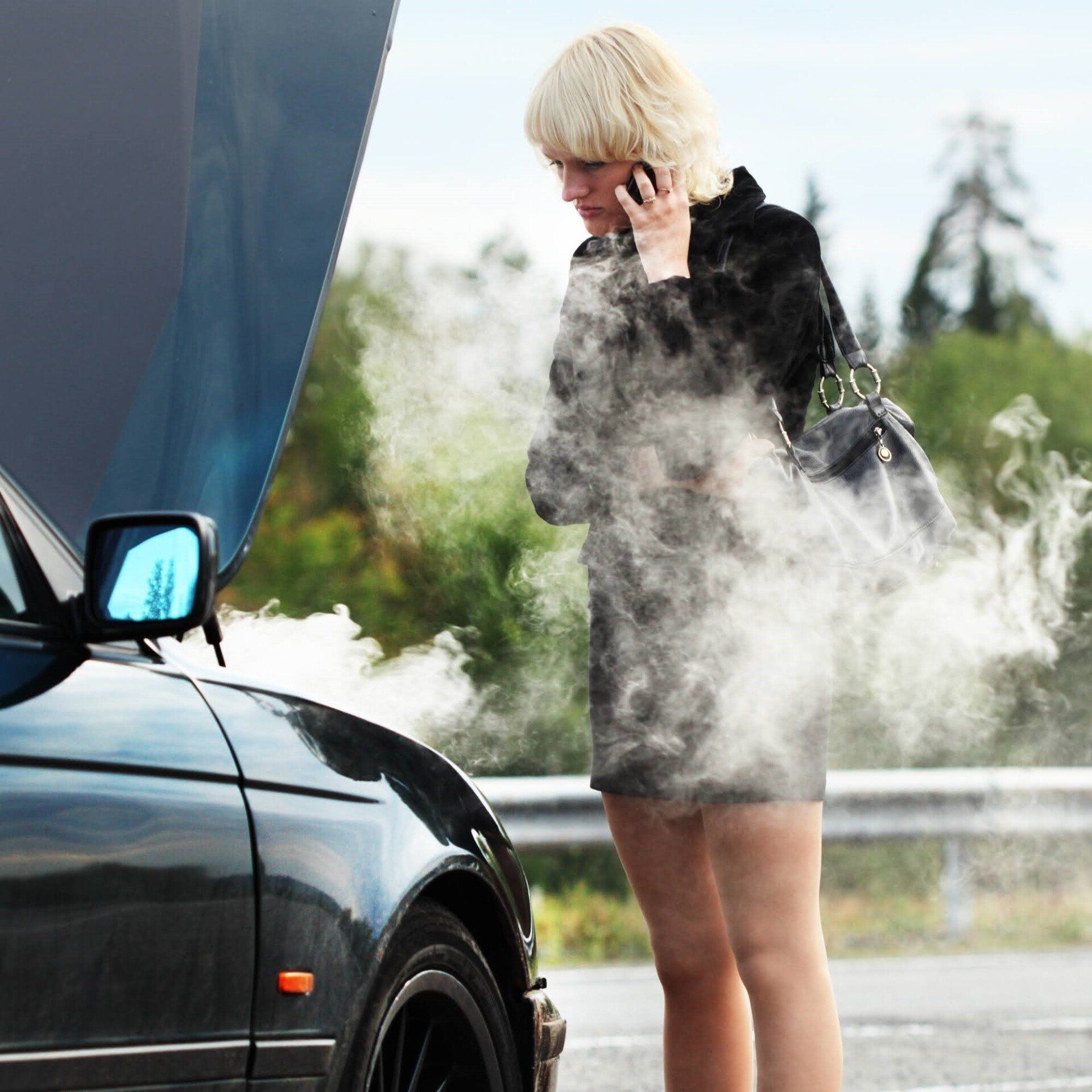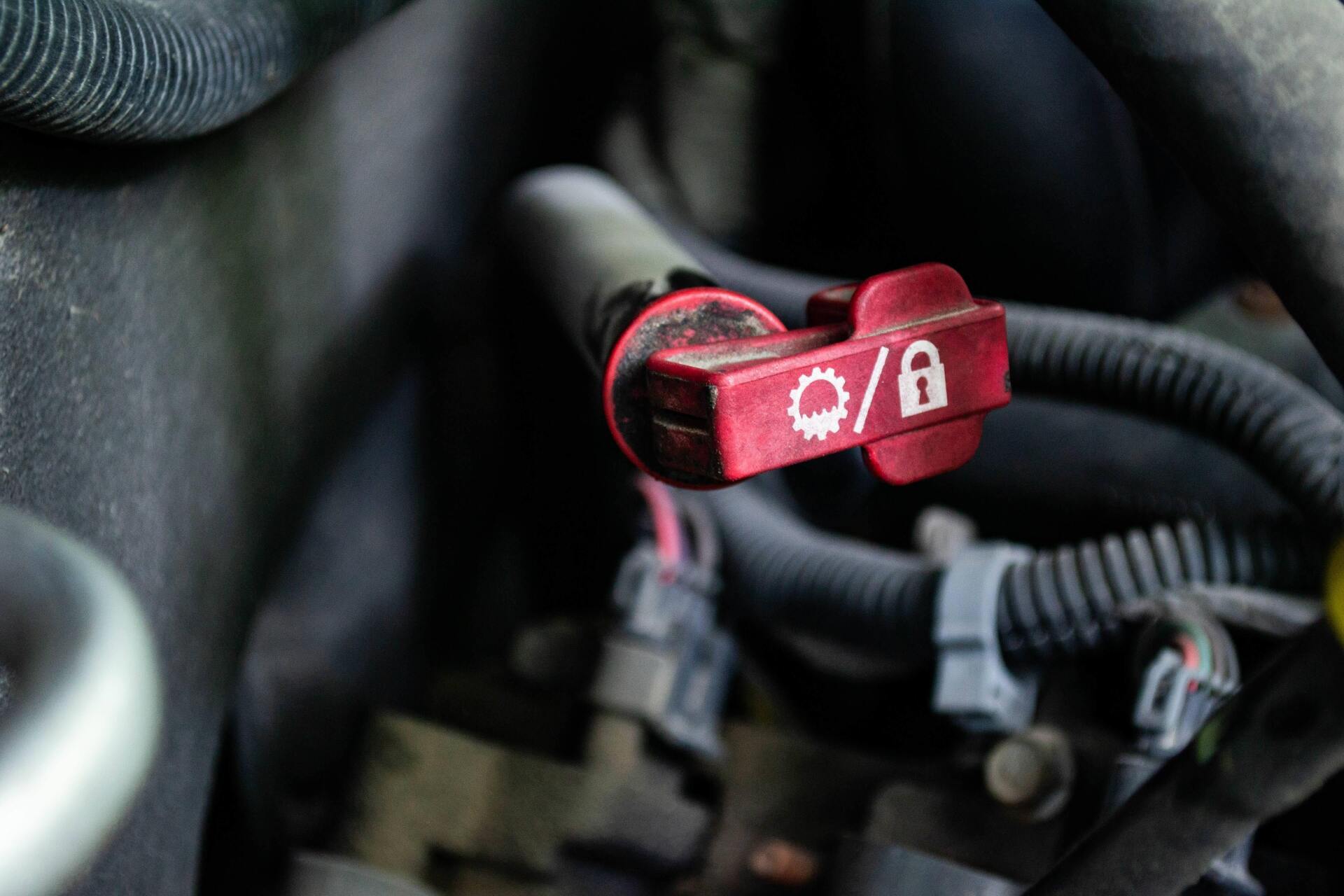Brake Rotors: What You Need to Know
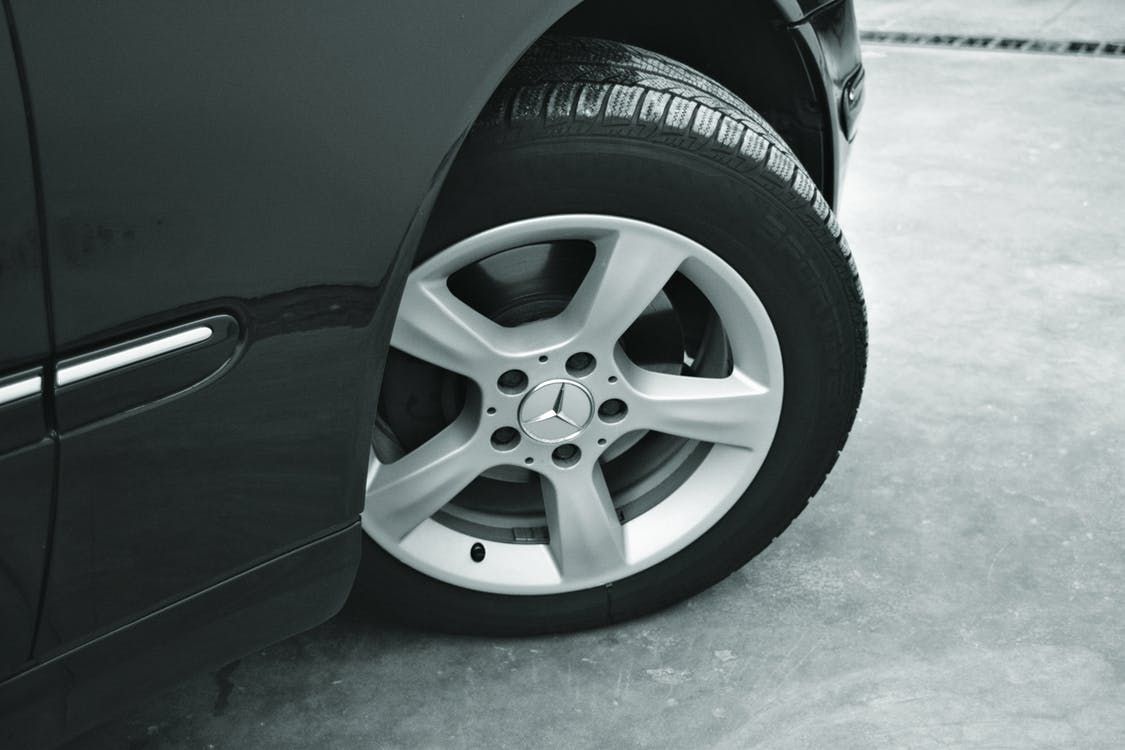
Most car owners know that their brakes consist of two parts—the brake pads and the rotors. But not everyone understands the importance of the rotors.
Brake rotors are a vital component of your car's braking system, responsible for stopping your wheels from spinning. They absorb the heat generated by your brake pads when you press on the pedal to prevent overheating and brake fade, and they also help prolong the life of your brake pads.
In this blog post, we'll take a closer look at brake rotors, what they're made of, how they work and when to replace them.
Types of brake rotors
There are two types of brake rotors—vented and solid. Vented rotors have vanes cast into them to allow air circulation and help dissipate heat, whereas solid rotors are just flat discs with no air passages. Vented rotors offer better cooling and reduce the risk of brake fade, making them ideal for high-performance driving and extreme braking conditions.
Solid rotors are typically used on regular commuter cars and offer sufficient stopping power for everyday driving. Most car manufacturers offer both types of rotors, with vented rotors being standard on higher trim levels and performance-oriented models.
Materials used in brake rotors
Brake rotors are typically made from cast iron or a composite material that incorporates ceramic or carbon fibres. Cast iron rotors are the most common, offering excellent durability, affordability and heat resistance.
Composite rotors, on the other hand, are designed for high-performance applications, offering superior heat dissipation, weight reduction and fade resistance. They can be up to four times more expensive than cast iron rotors and are mostly used in racing and high-performance sports cars.
Brake rotor lifespan
Brake rotors, like brake pads, wear out over time and need to be replaced. However, they typically last longer than brake pads, depending on the type of driving you do. Aggressive driving, heavy loads and towing can shorten the lifespan of your brake rotors, while gentle driving and good maintenance can extend their life.
Signs that your rotors need replacing include a pulsating brake pedal, squeaking or grinding noises, excessive heat and visible scoring or warping.
Replacing brake rotors
When it comes to replacing your brake rotors, it's essential to choose the right ones for your car. Your car's make and model will determine the type of rotor you need, and there may be different options depending on your driving style and budget.
It's always a good idea to replace both rotors at the same time, as uneven wear can cause brake imbalance and reduced performance. You should also replace your brake pads and check your brake callipers and hoses for wear and damage.
Maintenance
To ensure your brake rotors last as long as possible, it's important to keep them well-maintained. One of the most important steps is to regularly inspect the rotors for signs of wear or damage. Look for signs of warping, cracking or grooving, which can indicate that the rotor needs to be replaced.
Additionally, it's important to keep the rotor surface free from debris and contaminants, such as brake dust, which can cause uneven wear and damage to the rotor.
Brake rotors may not be the most glamorous part of your car, but they play a crucial role in keeping you safe on the road. Knowing how they work, when to replace them and how to choose the right ones can save you money, improve your car's performance and ensure your safety and that of your passengers.
If you want your car's braking system to perform at its best, make sure to pay attention to your brake rotors and give them the care and attention they deserve. Contact the professionals at Stopmaster Brake Service to learn more.

